The emotions of independence and freedom are flowing around in our hearts; hence it is befitting to discuss the same in a domain where most people haven’t pictured these yet. Let us talk about the product that is eating the whole world – yes, we are talking about the world of ‘Software’ after all. Even the people who are new to this part will notice the sheer amount of change that has come around in the world economy, labour markets, currency valuations and more, solely by the influence and discretion of software prowess. However, what becomes hard to notice for many people is that there is a silent revolution underway in this whole domain. What we are talking about is the shift from a fragmented approach to an integrated one.
Before you start thinking about the questions (like what is the need? Why is a change required?), let us consider a very simple real life example. Take the following phrases and see what comes to mind while thinking about them – ‘Discover what is happening around me’, ‘Chat with my group of friends’, ‘Discuss and plan for a group activity’ & ‘Split and share money with a friend’. If you look closely, these 4 action aspects pretty much sum up your daily social lifestyle, especially considering the complicated lives that we lead nowadays.
However, interestingly the legacy platforms and systems that are prevalent have been mostly confined to 1 vertical in each of these cases. For example, you have ~2 apps in your phone for checking out the movies and events running in town, then there would be ~3 different apps for checking the best restaurants to go to and the deals to avail, and furthermore, a plethora of apps to chat with your group of friends. Now, each of these apps perform specific functions suited to their use case, however, in a dynamic and real time social scenario, you will find yourself juggling between multiple apps / web pages, taking screenshots / copying text and then performing the desired intended series of actions. Isn’t it?
Now, think is this really a smart way to go about it? Do we REALLY need so many apps? Keeping the subjective part aside, let us take a look at some hard numbers. Consider this fantastic report compiled by TheNextWeb on the fragmented Android market or this detailed analysis by ContractIQ on the vendors and variety of software suites out there. Well, things get clear, don’t they?

Welcome the ecosystem approach
In light of the above, ask yourself, why should we remain limited to the old approach and use up more time in juggling between different apps and systems? Why not go for a more advanced ecosystem style approach (something like what Facebook messenger is bringing around now in terms of allowing you to book an Uber and more directly from the chat window). This is the approach that precisely a lot of new age products advocate (including ours) in terms of the complete flow. Not only does this approach help you save time (that we all value so highly) but also maintain just one point of contact in terms of the interacting system (Comp. Science geeks and service guys will understand the enormous value of this).
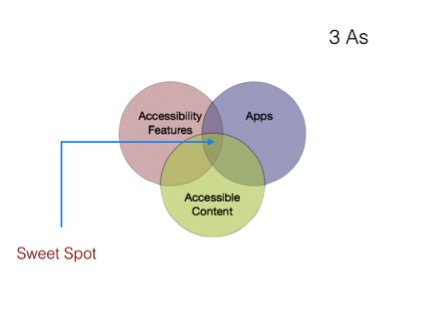 Getting back to the phrases we discussed earlier, let us combine the vertical sections of the app market into 1 and perceive the awesomeness that we get –
Getting back to the phrases we discussed earlier, let us combine the vertical sections of the app market into 1 and perceive the awesomeness that we get –
- Discovery of events, activities, restaurants, deals and more
- Exploring the best movies, events, deals, restaurants and outings around you
- Also checking out the details required under one neat and seamless flow without jumping between multiple apps
- Discussing, planning and chatting
- Choosing whatever activity you want to go for, after checking what’s trending, what is recommended, what do your friends like & much more, all at one place
- Inviting your group of friends to add them to the group to discuss and plan together. Chatting together to see who is in and who is out
- Splitting and sharing money from any account
- Splitting the costs for your activities (whether before or after) and everyone can put in their own share directly using any means linked to their bank account.
- Avoiding the hassles of making excel sheets / notes and even setting reminders. Letting the single solution handle everything is the ultimate nirvana mode.
- Not only that, wouldn’t it be wonderful if the app didn’t even require you to share any account details (like account number, IFSC code etc.) with anyone!
I am sure you will find that the old fragmented apps scenario pales in comparison to this integrated solution when it comes to seamlessly navigating your social lifestyle. For those who have not explored yet, come and check out the magic that happens when all these touchpoints come in one trajectory under one roof at Mypoolin – https://mypoolin.com/mobile-app.php
Time to say ‘ahoy’ to freedom and welcome this silent revolution towards an integrated future!
Guest Post by Rohit Taneja, Co-Founder at MyPoolin


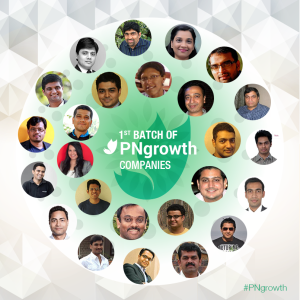
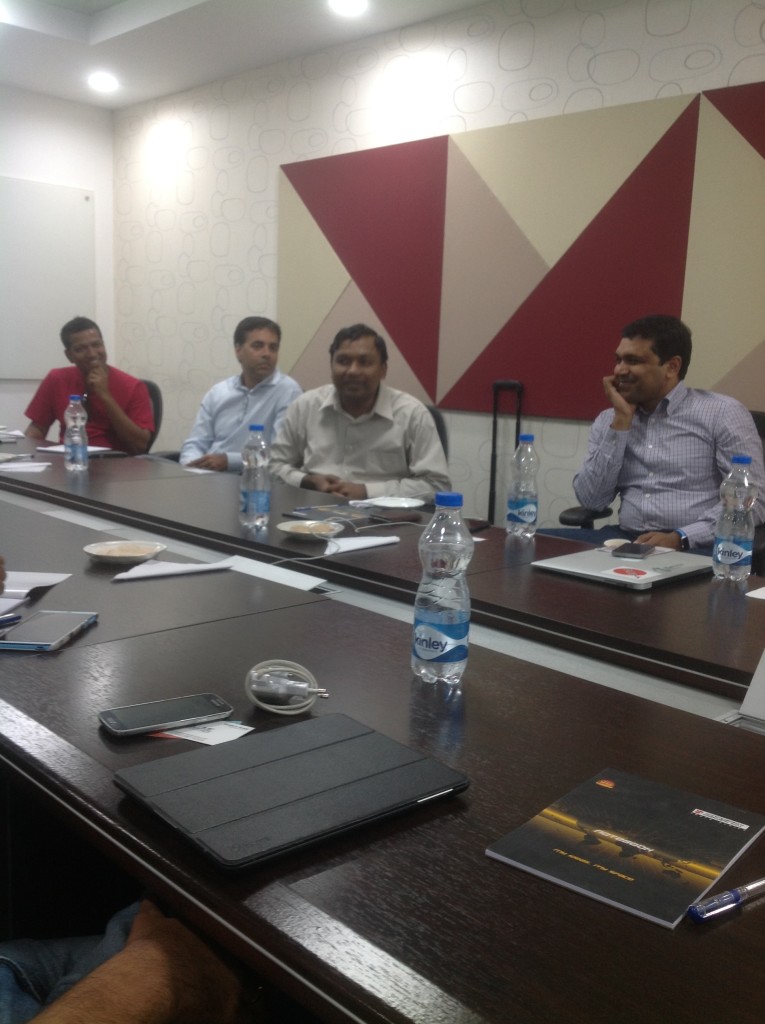
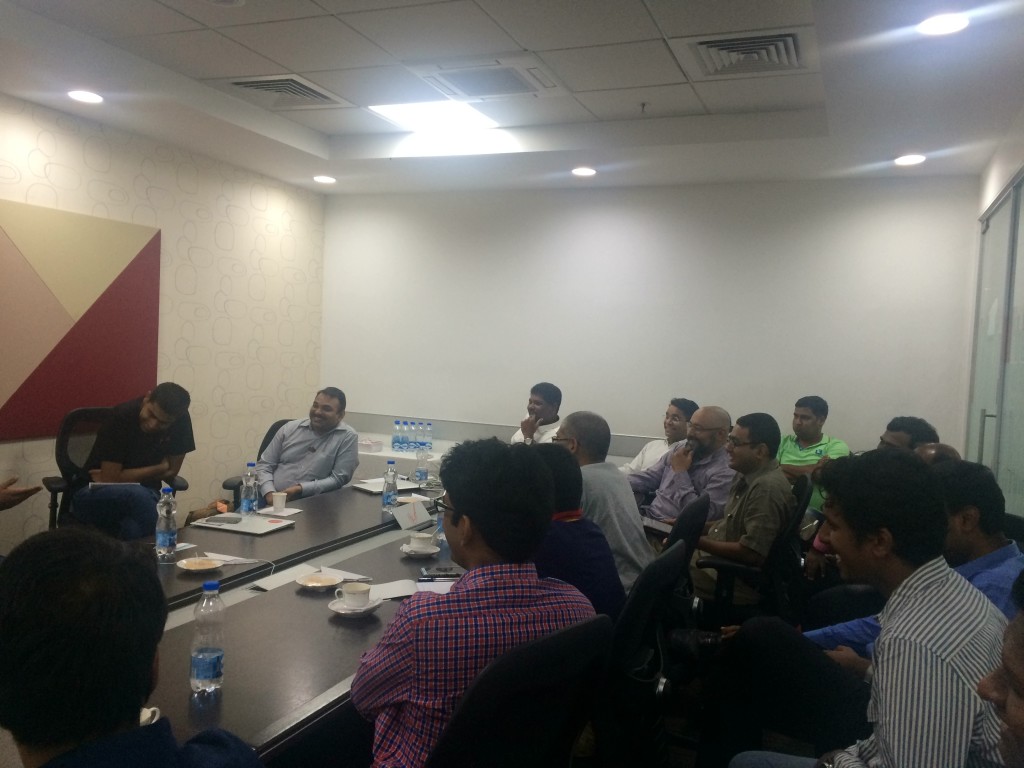 On what drives investors’ decisions
On what drives investors’ decisions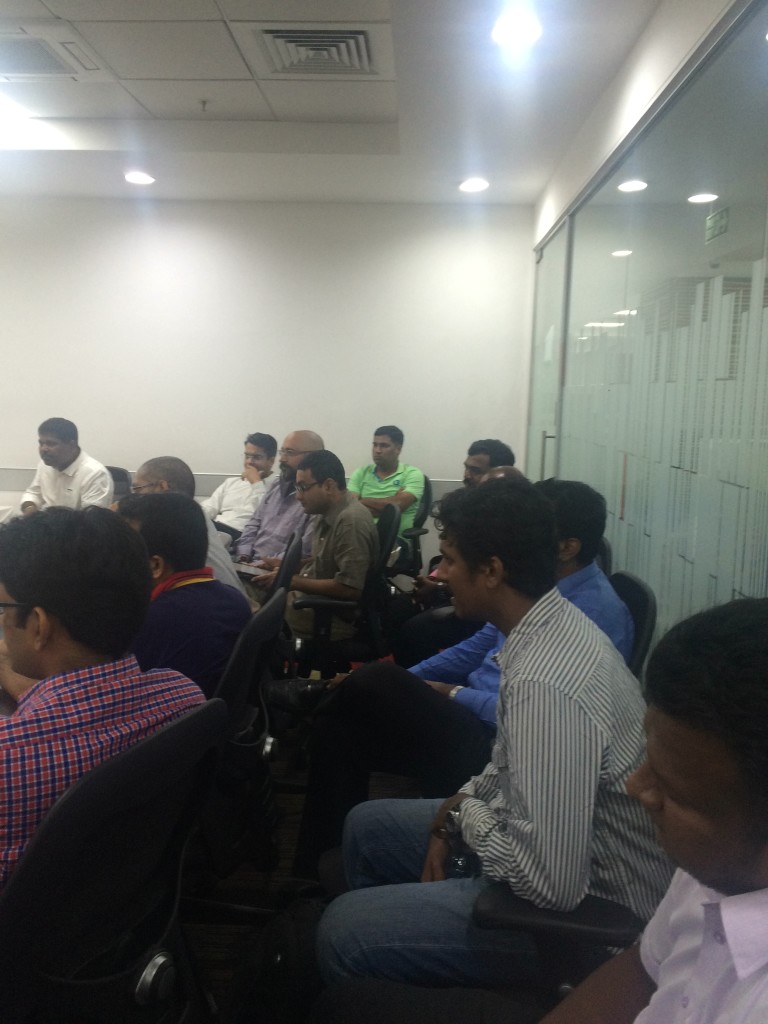 On how to negotiate investment terms
On how to negotiate investment terms